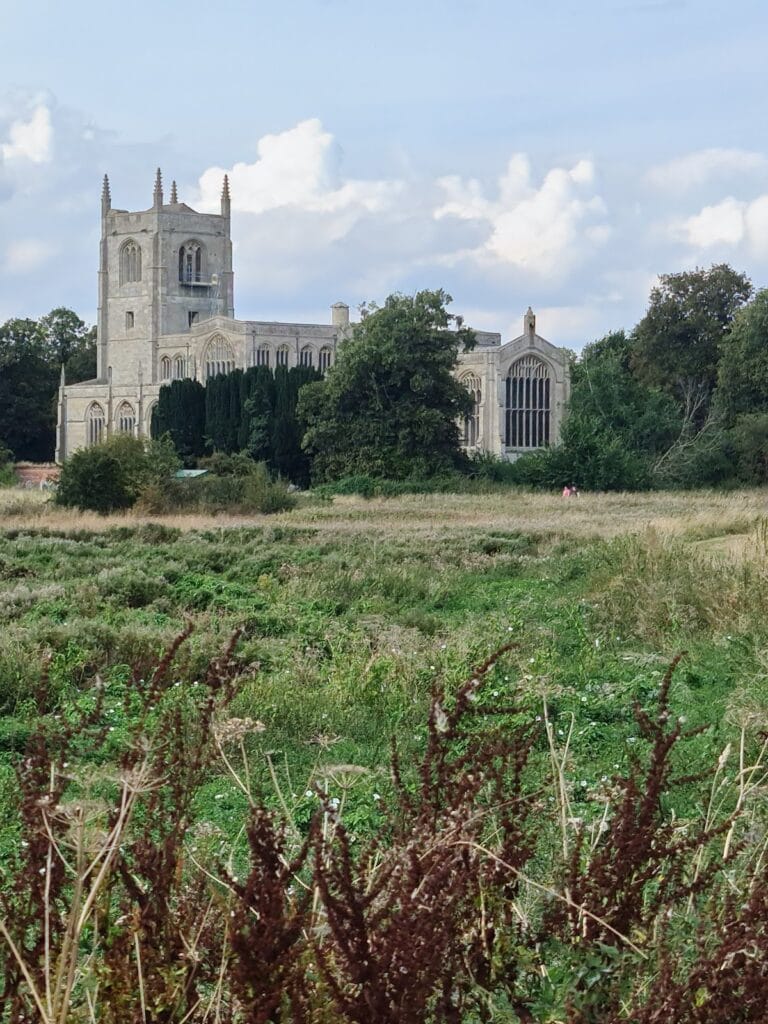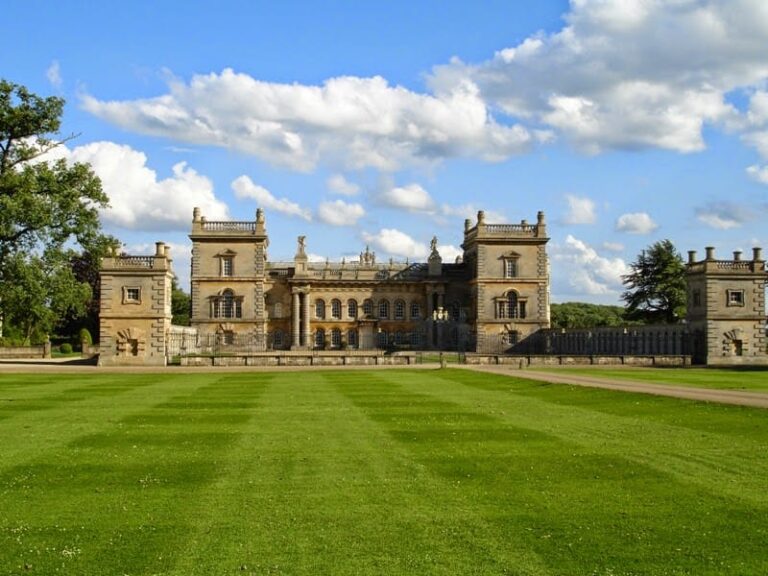Tattershall Castle: A Medieval Brick Fortress in England
Visitor Information
Google Rating: 4.5
Popularity: Medium
Google Maps: View on Google Maps
Official Website: www.nationaltrust.org.uk
Country: United Kingdom
Civilization: Medieval European
Remains: Military
History
Tattershall Castle is located in the village of Tattershall, England. It was originally established by the medieval Anglo-Norman nobility in the early 13th century. The earliest known structure on the site was built by Robert de Tattershall in 1231, serving as a stone castle or fortified manor house typical of that period.
In the first half of the 15th century, the castle underwent a significant transformation under the direction of Ralph Cromwell, the 3rd Baron Cromwell and Treasurer of England. Between roughly 1406 and 1450, Cromwell extensively rebuilt and enlarged the fortress using bricks rather than the locally available stone. This choice was influenced by contemporary fashions inspired by Flemish weavers and reflected an aesthetic preference, resulting in approximately 700,000 bricks being incorporated into the construction. The result was a notable example of medieval brickwork, elevating the castle’s status beyond defensive purposes toward that of a grand country residence.
After Ralph Cromwell’s death in 1456, the castle passed to his niece, Joan Bouchier. However, following her husband’s death, control of the property reverted to the Crown. It remained under royal ownership through the reigns of Edward IV and Henry VIII. In 1560, Sir Henry Sidney regained possession and soon sold it to Lord Clinton, later known as the Earl of Lincoln. The castle remained in the hands of the Earls of Lincoln until 1693, after which it was acquired by the Fortesque family. Over time, the castle fell into neglect.
The early 20th century marked a new chapter for Tattershall when it was placed on the market in 1910. An American buyer initially removed its iconic large medieval fireplaces, but through the efforts of Lord Curzon of Kedleston, the castle was purchased and restored between 1911 and 1914. Upon Curzon’s death in 1925, the castle was entrusted to the National Trust, ensuring its preservation. The restoration of Tattershall Castle also played a role in motivating Curzon to support heritage protection laws, culminating in the Ancient Monuments Consolidation and Amendment Act of 1913.
Remains
The remains of Tattershall Castle form a roughly rectangular layout, defined by two water-filled moats. The inner moat encloses the original 13th-century inner ward, which includes the prominent Great Tower. Surrounding this is an outer moat and an intermediate outer ward area originally set aside for stabling horses. The middle ward, situated between the inner ward and outer ward, contains a gatehouse and guardhouse, which now provides the main entry to the castle grounds.
The castle’s walls and principal structures were built primarily from brick, a notable departure from the abundant local stone. This extensive brickwork, totaling about 700,000 bricks, stands as one of England’s finest surviving examples of medieval brick construction. Among the features marking the castle’s historical kitchen location are the brick foundations projecting into the moat adjacent to the Great Tower.
The Great Tower itself measures approximately 20 meters (66 feet) across its base and rises some 40 meters (130 feet) high. It consists of four main floors, each increasingly spacious due to walls that grow thinner with height. The tower is arranged with separate entrances to the basement, ground floor parlour, and an internal spiral staircase that leads to upper chambers. Fireplaces on each floor suggest the presence of large, undivided rooms, emphasizing the tower’s dual role for communal gatherings and private living quarters.
One of the tower’s four corner turrets houses the staircase, while the remaining three turrets contained bedrooms on each of the upper floors. The basement functioned primarily as storage for spices and kitchen supplies and is believed to have been used as a prison during the English Civil War. The ground floor parlour served as a space where tenants brought rent payments and is now licensed for civil wedding ceremonies.
Above the ground floor, the first-floor hall was designed for entertaining guests with food and drink. The second floor, intended as an audience chamber for distinguished visitors, was accessible through a brick-vaulted passage leading to a small waiting room. Today, this chamber displays Flemish tapestries acquired during Lord Curzon’s restoration. The third and highest private floor functioned as the lord’s sleeping quarters. Atop the tower is a roof gallery and battlements, which offer wide-ranging views across Lincolnshire from Boston in the south to Lincoln in the north, although the corner turrets are currently not open to the public.
Approximately 100 meters northeast of the Great Tower stands the former guardhouse, which currently operates as a gift shop. The castle grounds also feature several peacocks, adding to the historic estate’s atmosphere. These surviving structures of Tattershall Castle provide a clear sense of its evolution from a fortified manor into a stately brick residence.










